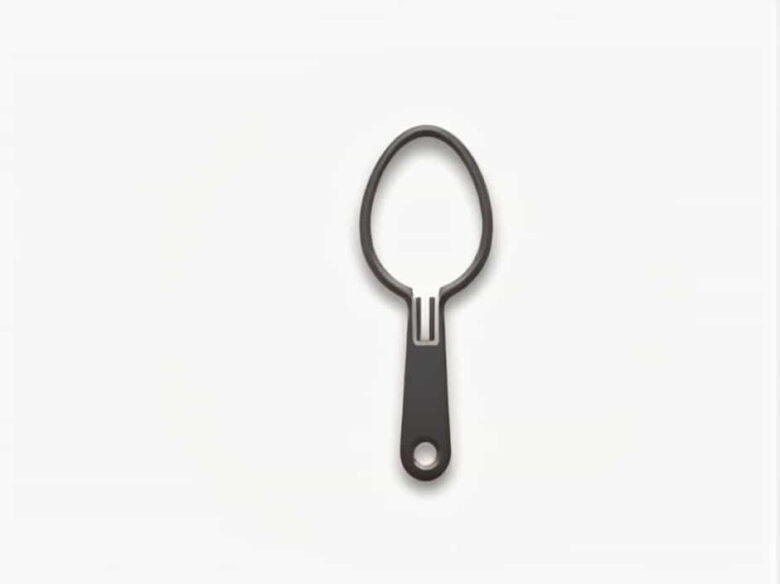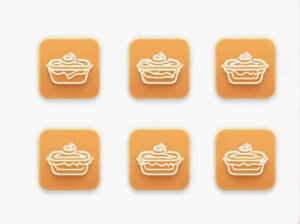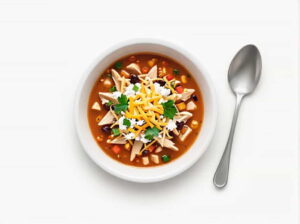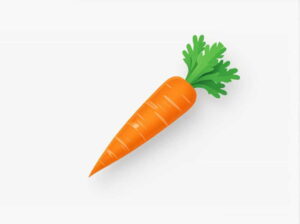A teaspoon is a common unit of measurement used in cooking, medicine, and household tasks. But how much is one teaspoon, exactly? While it may seem like a simple question, the answer can vary depending on the context in which it’s used. This content will explore the precise measurement of a teaspoon, its conversions, and how it applies to different situations.
What Is the Standard Measurement of a Teaspoon?
In most countries, a standard teaspoon is defined as:
- 5 milliliters (mL)
- 1/3 of a tablespoon
- 1/48 of a cup
This standard measurement is used in cooking, baking, and medicine to ensure accuracy. However, variations exist depending on the region and type of teaspoon being used.
Different Teaspoon Measurements Around the World
1. United States
In the U.S., a teaspoon is officially 4.93 mL, which is slightly less than 5 mL. However, most American recipes round it up to 5 mL for simplicity.
2. United Kingdom
The UK teaspoon is exactly 5 mL, following the metric system standard.
3. Australia
In Australia, a teaspoon is 5 mL, consistent with the UK and most metric measurements.
4. Other Countries
Many countries using the metric system also define a teaspoon as 5 mL. However, traditional teaspoon sizes may differ in older recipes or regional measurements.
Teaspoon Conversions
If you’re following a recipe or measuring medicine, knowing how a teaspoon converts to other units is helpful. Here are some common conversions:
- 1 teaspoon = 5 mL
- 1 teaspoon = 0.17 fluid ounces (fl oz)
- 1 teaspoon = 1/3 tablespoon
- 1 teaspoon = 1/48 cup
- 1 teaspoon = 60 drops (varies by liquid type)
Teaspoons to Tablespoons
- 1 tablespoon = 3 teaspoons
- 2 teaspoons = 2/3 tablespoon
Teaspoons to Milliliters
- 1 teaspoon = 5 mL
- 2 teaspoons = 10 mL
- 3 teaspoons = 15 mL (equal to 1 tablespoon)
Teaspoons to Cups
- 1 cup = 48 teaspoons
- 1/4 cup = 12 teaspoons
- 1/3 cup = 16 teaspoons
- 1/2 cup = 24 teaspoons
How to Measure a Teaspoon Without a Measuring Spoon
If you dont have a measuring spoon available, here are some ways to estimate a teaspoon:
Using Common Household Items
- A standard soda bottle cap holds approximately 1 teaspoon.
- The tip of your index finger (from the last joint to the fingertip) is about 1 teaspoon for most people.
- A regular spoon (such as a dessert spoon) can be used, but be aware that spoon sizes vary. A level spoonful of sugar or salt from a standard teaspoon is approximately 5 mL.
Using a Tablespoon for Accuracy
Since 1 tablespoon equals 3 teaspoons, you can divide a tablespoon into thirds to estimate a teaspoon measurement.
Teaspoon in Cooking and Baking
Importance of Accurate Measurement
In cooking and baking, small differences in measurements can affect the final dish. Too much or too little of an ingredient can change:
- Taste (e.g., too much salt or sugar)
- Texture (e.g., too much baking powder affecting rising)
- Consistency (e.g., liquids and dry ingredients reacting differently)
Common Ingredients Measured in Teaspoons
Here are some ingredients often measured in teaspoons:
Dry Ingredients
- Salt: Used in small amounts to enhance flavor.
- Sugar: Often measured in teaspoons for sweetening.
- Baking powder ‘ baking soda: Essential for leavening in baked goods.
Liquid Ingredients
- Vanilla extract: Commonly used in baking, usually measured in teaspoons.
- Cooking oils: Sometimes measured in teaspoons for frying or dressings.
- Lemon juice: Used in small amounts for flavoring.
Teaspoon in Medicine and Health
Medicine Dosages
Many liquid medicines use teaspoons as a dosage unit, but precision is key. Since a standard teaspoon is 5 mL, many medicine labels use milliliters to avoid confusion. Using an actual measuring spoon or syringe is recommended to ensure the correct dose.
Nutritional Information
Many food labels include teaspoon measurements for added sugars, fats, and sodium. For example, the American Heart Association recommends that women consume no more than 6 teaspoons of added sugar per day (about 25 grams), and men no more than 9 teaspoons (about 38 grams).
Teaspoons in Daily Life
Aside from cooking and medicine, teaspoons are used in various household tasks, including:
- Measuring cleaning products (e.g., detergent or bleach).
- Mixing beverages (e.g., tea, coffee, or cocktails).
- Crafting and DIY projects requiring small measurements.
A teaspoon is a small but essential unit of measurement, commonly defined as 5 mL. Whether you’re cooking, baking, or measuring medicine, accuracy is important. Understanding teaspoon conversions and alternatives can help in everyday life, ensuring you use the correct amounts for any task.



